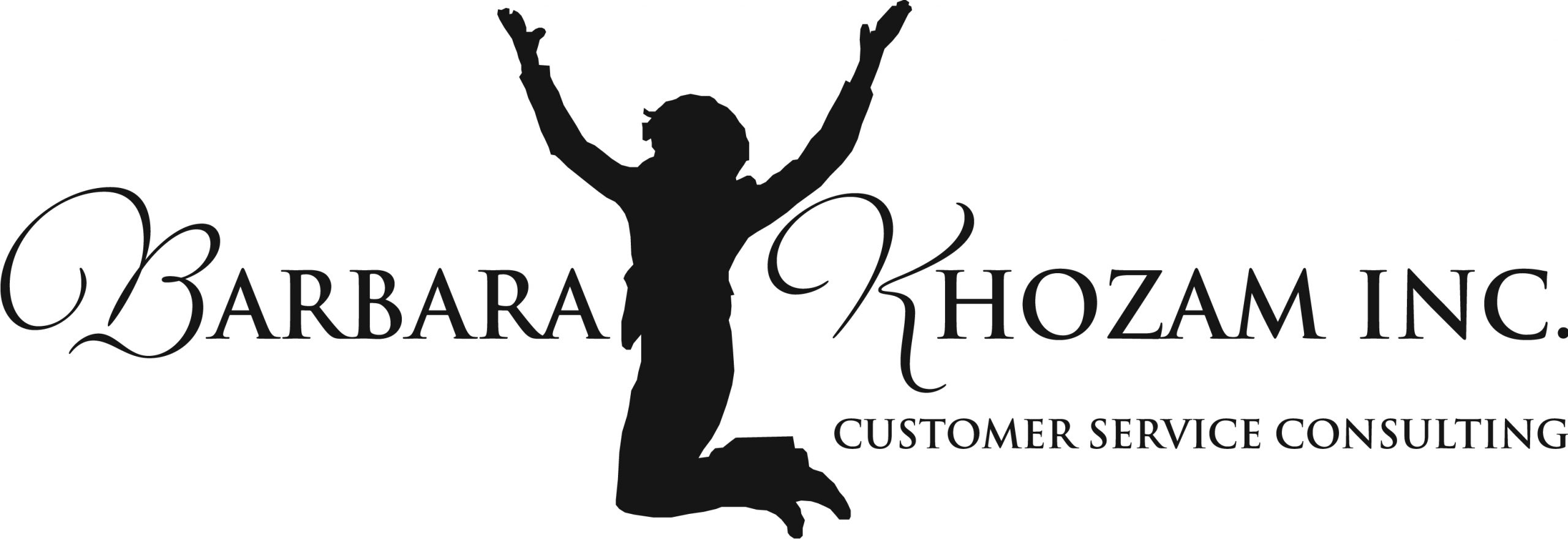
Photo by Lukas from Pexels
I’ve heard two stories from two different people in the past three months.
Real World Story: A customer was standing in the express lane of a grocery story. About seven people stood in front of him. The cashier was moving extremely slowly, excessively talking to every customer. This frustrated customer went up to the cashier and asked very nicely, “Excuse me miss. This is the express lane. Can you move a little more quickly please?” The cashier gave him a very angry glare. When he finally made it to the front, the cashier looked at him and said, “I’m not going to help you.” She then stormed off to her manager. The manager came over and immediately started accusing the customer of harassment, telling him that he was not allowed in the store ever again.
In a second incident, a male gym member received a call from a manager saying that some of the female members had complained about him. When he asked about the complaints, the manager said he worked out too closely to one woman. Another female member said he looked at her too long. The manager told the male gym member that if he received one more complaint, then he would be suspended.
Strategies that Turn it Around:
In both cases, managers assumed that the customer had done something wrong and, therefore, confronted the customers in an accusing and demeaning manner. What would be a better approach?
- Get the facts. In any situation, there are two sides to every story, so get information from both parties before making a conclusion. Instead of confronting a customer in an accusatory tone and manner, take a few minutes to calmly assess the situation by asking exploratory questions.
- Train staff. Make sure your front-line staff are trained to handle difficult situations with tact and decorum. Running off and avoiding communication is not the best approach in situations that are not dangerous. Always remain attentive to open communication and listening to your customers.
- Acknowledge. If you DO have to confront a customer, begin by acknowledging the difficult situation, explaining that you are there to help, not accuse. Then let the customer explain. When customers feel acknowledged and heard, they are more likely to listen to your solution.
Remember: Although customers are NOT always right, they are not always wrong either. When conflict arises between employees and customers, take the time to get to the bottom of the situation by asking good questions and listening. You just might discover a happy solution in there somewhere.
What do YOU do to mitigate an employee–customer conflict? Please share your story or comments.

